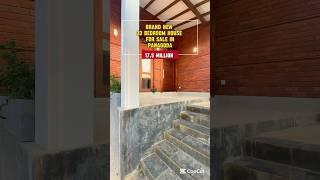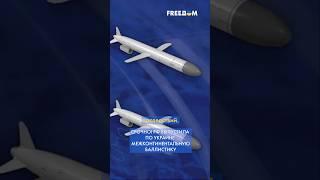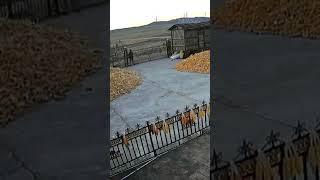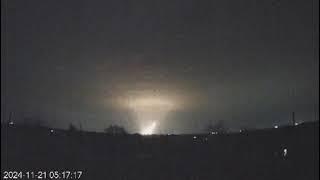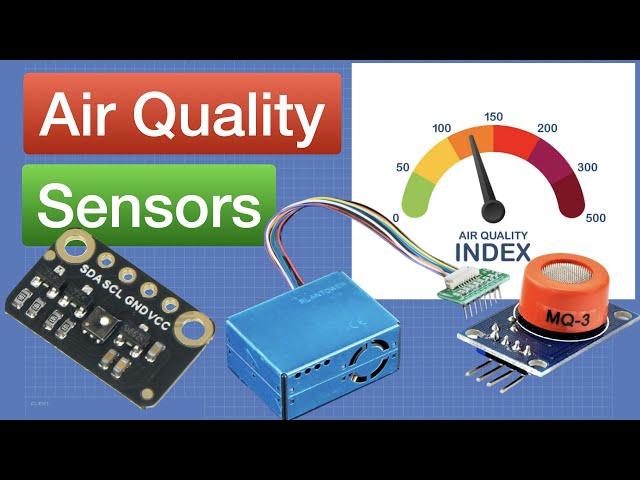
Measuring Air Quality with ESP32 & Arduino
Комментарии:

concentration (mg/m^3) = 0.0409 x concentration (ppm) x molecular weight (g/mol)
A tabular list of various VOC (Volatile Organic Compounds) and their accurate molecular weights can easily be found online.

I'm 6 ft above sea level.
Ответить
Great share! trying to build this in a heat with a gps to google maps and battery :) :) Thanks!
Ответить
Felicitaciones. Lo mejor entre muchos buenos videos de este tema que he encontrado.
Ответить
the sketch for the PM sensor was working, thank you very much.
Ответить
Hello sir,
I am using esp 32 with pmsa003 sensor, and take the reference of your video, I am done with arduino uno, but when I jump on esp 32 am getting the garbage value, give me suggestions if u read my comment.

@Dronebotworkshop, another great video, thanks!! how about BME688? is it possible to post a video and explain using AI training? ;)
Ответить
Best Intro! 😊
Ответить
I am developing products for LPG detection, smoke detection and learnt a lot from your article.
1) All sensors are giving analog output and libraries are helping but how to find functions in the library in Arduino 1.8.xx with WINDOWS 7?
2) The usual catch is using the sensor (with its datasheet) on a breadboard with a lighter or spray and getting some results and actually wall mounting a prototype as a product which will give a visual indication along with a buzzer. So my next question is, how to decide the threshold value (usually 400 for LPG) for a sensor which will be wall mounted near a kitchen gas stove?
3) What exactly is pre-heating - keeping the sensor near heat or keeping the sensor connected to the Arduino with power on?
Please help me on these practical problems of migrating from prototype to product.
Thanks already.

Though 12bit is adc of Esp32, it’s not so linear & some issues of noise, also being 4092 value instead of 1024, hence it is recommended to use ADS1115
Ответить
Thanks! Your PMS5003 solution was a breakthrough for me using the Xiao ESP32C3
Ответить
Finding this video was incredibly timely! I've been working with/ evaluating all of these sensors for a couple of years, but mostly with either the RPi 3B+ or the Wemos D1 mini. Now moving mostly to the Seeed Xiao ESP32C3 and ESPNOW. For the I2C devices, it's been straightforward, but the doggone PMS5003 has not been very cooperative. Until now. After trying every other library and failing, I ran across this example and it works out of the box.
I am a little concerned about the nearly continuous measurement because the laser only is projected to have about an 8000 hour lifetime so the usual approach with the PMS5003 is to only take a measurement every 5-10 minutes or so and then turn it off in between. I'm not a good enough programmer to figure out how to do this.

I liked this video in particular and I am tempted to deploy a VOC and PM monitor function in my 3D printer workshop. I would want to see the data presented with historical graphing of the results. I am thinking this would require a Raspberry Pi (for display and graphing purposes) and perhaps a NAS storage device. Have you considered doing something this? Like you I have air circulation and an air purifier with a HEPA filter available to use. Being able to monitor air quality before starting a print and during printing would be very useful. Have a monitoring system to confirm effectiveness would be necessary.
Ответить
I wouldn't trust that Temptop at all, it is so unreliable. I've read so many post about how inaccurate it is. There is even Amazon review of two identical devices, where other shows good air quality and other hazardous, while being in same space etc.
Ответить
thank you very much, it was very useful for me.
Ответить
🥰
Ответить
I really appreciate all the time you have taken to explain this topic about MQ sensors for air quality measurement, very grateful for your generosity in sharing your knowledge, by the way I wanted to ask you a favor if it is not too daring of me you can share the code where all the MQ sensors are integrated, I appreciate it, a thousand and a thousand thanks for sharing, greetings from Colombia.
Ответить
Thank you Bill for this video. Is all the components are possible to using with Raspberry Pi 4 ? Or here you vote more for Arduino?
Ответить
Super...thx.
Ответить
You are an incredible wealth of knowledge
Ответить
Very important episode now with the wildfires
Ответить
Thanks for the video, the Temptop device you are using is not known to be a reference device, so it can't be used for calibration of other devices. Look into the Sciosense APC1 device, it comes calibrated and has TVOC and particulates in one package.
Ответить
Great video, thank you so much. Subscribed immediately!
Ответить
Hi mR Dronebot, could you give me a method of finding aspergus in the field, which has not yet come out???
Ответить
Hello there, I have a questions. What air quality sensors would you prefer for outdoor air quality measurement? I want to log my city's air quality with a Arduino/Raspberry pi board.
Ответить
Hi, great video. I'm Firefighter and also Electronic Engineer here in Brazil. Currently I'm working with air compressor for the SCBA air cylinder we use in firefighter combat. I'd like to develop such air quality device for our equipments. But I don't have any reference of what type of sensors do I use. Can you help me? What kind of parameters need to be measured from these air cylinder? Thank you very much. We use 300 Bar cylinder from Scott Company.
Ответить
Very cool - thx for sharing!
Ответить
According to you which model sensors are very accurate and as good as comercial product to calculate co2 temperature humidity
Ответить
You can use the BME680 for IAQ as well using the Bosch BSEC library which does the extrapolation/sensor fusion based on the MOX + other sensor data.
Ответить
Great video, I made similar project with the possibility of Home Assistant integration
Ответить
I built a project using a Wemos D1 R32 to raise and lower my camper jacks using Bluetooth and it actually functions quite well. I'm using a 2 relay module connected 5V to VCC, GRD to GRD, Pin12 and 13 to IN1 and 2 respectively. I send a 1 and 2 from my simple phone app via bluetooth and operate the relays. However if I cycle the power on the board the "Relay Actuated" LED's on the module light up dim and the board will not start up correctly. The only way I can cycle the power to the R32 is to disconnect the 5V wire while it boots. Then when I connect the 5V wire back up it can connect to the Bluetooth on my phone and work just fine. Any ideas other than me adding two switches? One to connect the 5V after I turn on the power.
Thank you very much for your very instructive video's by the way!

Would you please recommend a sensor for Oxygen detection? I want to understand the Oxygen concentration in various locations but have not been able to find a good tool or sensor I could use to build a tool. Thanks.
Ответить
Oh FFS please stop wiggling your shoulders.
Ответить
I love your content and the way you describe everything in all your videos so everyone can understand.
Have you tried using esp rainmaker to display some of sensor data in there? Would be good to see a video on that.

Spectacular discussion, thank you for the education
Ответить
Hi. Thanks Bill. I really need to do a project on rs485 pyranometer with arduino for sending solar radiation data
Ответить
Great video, as always, Bill, thanks so much for sharing...
Ответить
Oh, my! I hope you are feeling better. 😟
On a lighter note, would you say that sensor has a "Really Bad Altitude"? Or maybe an "Altitude Problem"? 🤣😂

Thanks for the wonderful content. I hope we find you well.
Ответить
Trying to compile the ESP32 PM2.5 Code for NodeMCU results in error
invalid conversion from 'int' to 'SerialMode' [-fpermissive]
Serial1.begin(9600, SERIAL_8N1, RXD2, TXD2);
how can I fix this ?

Great video for a very apropos subject. I live in an area heavily affected by fire conditions. I also work in a small business that does a lot of welding, both brazing and TIG. From a health standpoint, it's hard to muster the kind of expertise you need to monitor air standards without laying out a lot of money and hoping the instrument you buy is helping. This video is helpful in that it shows a route to get very detailed and high quality readings if you're willing to put in the time to build the project.
Ответить
MQUnified seems nice but has no compensation for environment like humidity and temperature. I found it essential for ozone sensor MQ-131 that I used in a diy steriliing cabinet (yes, one of those pandemic projects to recycle expensive respirators that had no availability for a while or were very expensive).
One can always add a correction calculation for the uncorrected values depending on environment. That's what I did in my code in practice anyway.

Man I can only dream to have a workshop like yours
Ответить
Thanks! Have a coffee on me😊
Ответить









